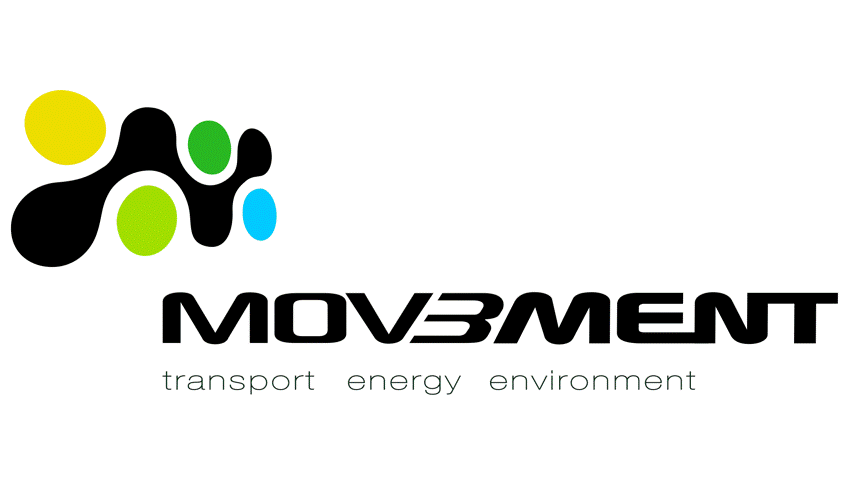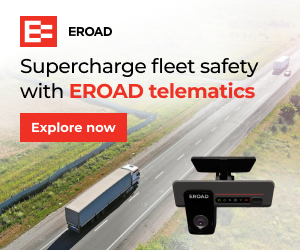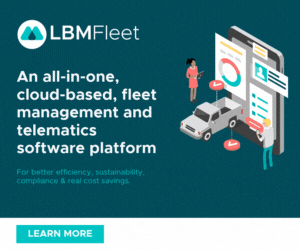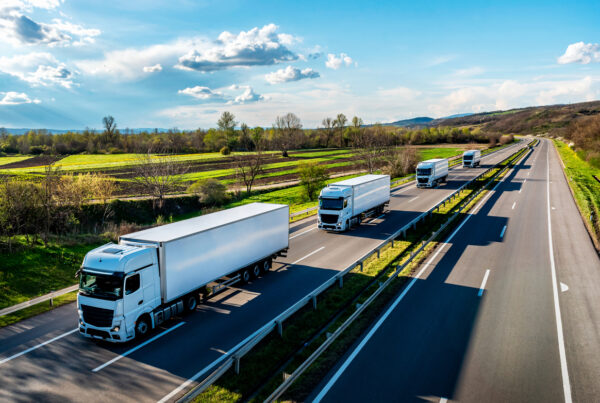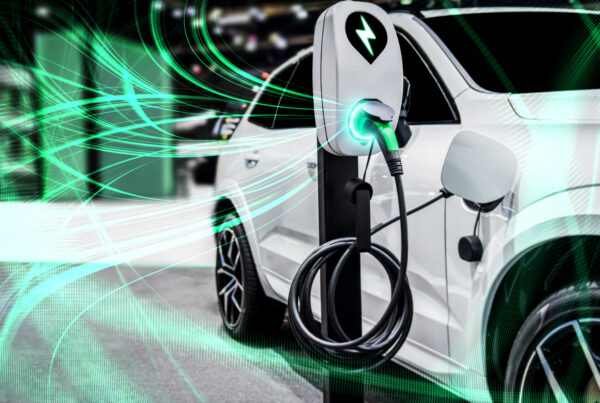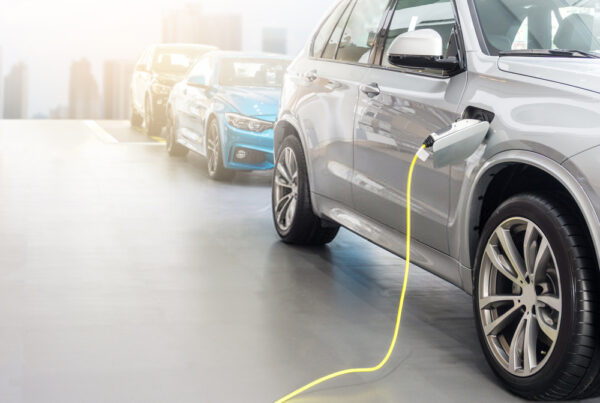Grab will partner with Chinese EV maker BYD to electrify their fleets across Southeast Asia. The ride-hailing app will provide its drivers with more affordable prices for access to BYD’s fleet of electric vehicles (EV).
THE PARTNERSHIP
BYD will provide Grab’s driver-partners access to 50,000 EVs from its own fleet. This collaboration will alleviate expensive upfront costs for Grab’s drivers, as acquiring an EV in Southeast Asia can be pricey.
“This collaboration enables us to drive the transition to EVs forward by lowering the financial barriers that are often associated with EVs, and in the long run deliver economic benefits to our driver-partners which may include fuel cost savings,” said Chuck Kim, the Managing Director of Group Business Development at Grab.
The initiative will apply to 6 out Grab’s 8 operating countries; Indonesia, Malaysia, Vietnam, Singapore, the Philippines, and Thailand. While the remaining two countries, Cambodia and Myanmar, are excluded from this initiative. For the passenger’s side of this initiative, Grab will update its app with an option to choose an “Eco-Friendly Ride.” According to the ride-hailing company, choosing this option will “prioritise allocating green vehicles at no additional charge.”
BYD models included the line-up are the ATTO3, SEAL, and M6. Vehicles from the Grab-BYD fleet will feature the Grab app installed in its entertainment unit. Grab’s driver partners have the option to rent the BYD vehicle or participate in the company’s car ownership schemes. The partnership also includes extended warranties for the EV fleets’ batteries.
Through the internet of things (IoT), driver-partners can alternately their cell phones and the car screen to access their app. Driver-partners will be able to chat with customers, check for bookings, and navigate the in-app maps within their vehicle’s systems. Sensors and other telematics will be able to record data in real-time. These data can reflect driving patterns and allow Grab to analyse driver behaviour to improve their services.
Additionally, BYD’s sensors will improve Grab’s booking system through “wiper signals and traffic speed.” Such systems will allow Grab to infer weather and traffic conditions in certain areas, providing additional information for drivers who are searching for bookings.
In addition, Grab is keen to include the DENZA, BYD’s luxury arm, in its line-up of vehicles. These luxury vehicles will be part of the company’s fleet for GrabExec, a premium and limousine service under the company. The DENZA D9 will be the featured vehicle for GrabExec’s luxury fleet.
SOMETHING IN COMMON
In similar fashion, both Grab and BYD share a green advocacy, with the companies confident that the collaboration will advance EV-transition efforts in Southeast Asia.
“Sustainable growth in Southeast Asia is a priority for us and we are always looking to improve our offerings to both our driver-partners and Grab users,” said Kim, in quoted in Grab’s official press release. The company recently committed to accomplishing a completely low-emission fleet in Singapore by the year 2030.
Meanwhile, BYD is equally committed to a zero-emission future. “We continue to be dedicated to our goal of building a zero-emission ecosystem and we are committed to supporting Grab’s fleet and driver-partners. Through this collaboration, we are working together with Grab to realise the vision of cooling the earth by one degree,” said Liu Xueliang, General Manager of BYD’s Asia Pacific Auto Sales Division.
Presently, many countries in the Southeast Asian region are making serious efforts to convert to low- and zero-emission vehicles. Last year, the Association of Southeast Asian Nations (ASEAN) recommended that the EV shift is a “must” for countries in the region. While Southeast Asia continues to grow as a global EV hub, organisations and institutions play a key role in the region’s overall shift to EVs.
Was this article interesting? Leave us a like if so!











